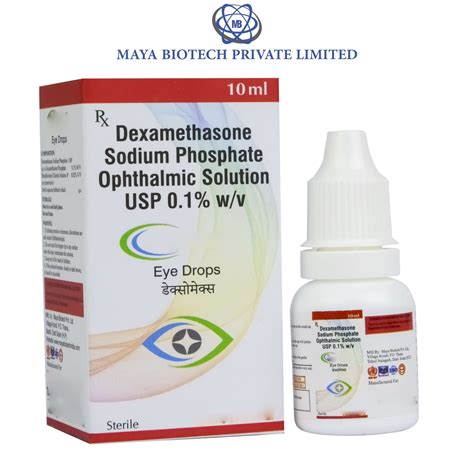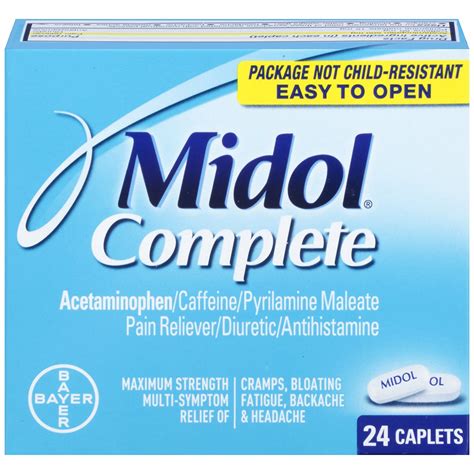Dexamethasone eye drops are a type of corticosteroid medication used to treat various eye conditions, including inflammation, allergic reactions, and uveitis. These drops work by reducing swelling, pain, and redness in the eye, making them a valuable treatment option for patients experiencing eye discomfort or vision problems.
How Dexamethasone Eye Drops Work
Corticosteroids, such as dexamethasone, are hormones that mimic the effects of the body’s natural hormones, specifically cortisol. When administered as eye drops, dexamethasone penetrates the cornea and reduces inflammation by inhibiting the production of pro-inflammatory chemicals. This leads to decreased swelling, redness, and pain, allowing patients to experience relief from their symptoms.
Common Uses of Dexamethasone Eye Drops
Dexamethasone eye drops are commonly prescribed for various eye conditions, including:
- Allergic conjunctivitis: An allergic reaction to substances like pollen, dust, or pet dander, causing redness, itching, and discomfort in the eyes.
- Uveitis: Inflammation of the uvea, the middle layer of the eye, which can be caused by infection, injury, or autoimmune disorders.
- Iritis: Inflammation of the iris, often accompanied by pain, redness, and sensitivity to light.
- Corneal injuries: Scratches or abrasions on the cornea, which can lead to inflammation and discomfort.
- Post-operative inflammation: To reduce swelling and pain after eye surgery, such as cataract removal or LASIK.
Benefits of Dexamethasone Eye Drops
The use of dexamethasone eye drops offers several benefits, including:
- Rapid relief: Patients can experience significant reduction in symptoms within a few days of starting treatment.
- Effective anti-inflammatory action: Dexamethasone is a potent corticosteroid, making it an effective choice for reducing inflammation and swelling.
- Easy to administer: Eye drops are a convenient and non-invasive way to deliver medication directly to the affected area.
- Wide range of applications: Dexamethasone eye drops can be used to treat various eye conditions, making them a versatile treatment option.
Potential Side Effects and Risks
While dexamethasone eye drops are generally well-tolerated, there are potential side effects and risks to consider:
- Increased intraocular pressure: Corticosteroids can raise eye pressure, which may be a concern for patients with glaucoma or those at risk of developing the condition.
- Cataract formation: Long-term use of corticosteroids can contribute to cataract development.
- Eye infections: Patients using dexamethasone eye drops may be more susceptible to eye infections, such as fungal or bacterial keratitis.
- Delayed healing: Corticosteroids can slow down the healing process, which may be a concern for patients with corneal injuries or after eye surgery.
Precautions and Contraindications
Before using dexamethasone eye drops, patients should be aware of the following precautions and contraindications:
- Pregnancy and breastfeeding: Corticosteroids can pass into breast milk and may affect fetal development during pregnancy.
- Eye infections: Patients with active eye infections should not use dexamethasone eye drops without consulting their doctor.
- Glaucoma: Patients with glaucoma should use dexamethasone eye drops with caution, as they may increase eye pressure.
- Corneal ulcers: Patients with corneal ulcers should not use dexamethasone eye drops, as they may delay healing or worsen the condition.
Administration and Dosage
To get the most out of dexamethasone eye drops, patients should follow these guidelines:
- Dosage: Typically, 1-2 drops are administered into the affected eye(s) 4-6 times a day.
- Administration: Patients should tilt their head back, pull the lower eyelid down, and place the drop into the pouch that forms.
- Duration of treatment: The treatment duration will depend on the specific condition being treated and the patient’s response to the medication.
Interactions with Other Medications
Dexamethasone eye drops may interact with other medications, including:
- Other corticosteroids: Concomitant use with other corticosteroids may increase the risk of side effects.
- Antifungal medications: Patients using antifungal medications, such as amphotericin B, may need to adjust their dosage or treatment schedule.
- Anti-glaucoma medications: Patients with glaucoma should monitor their eye pressure closely when using dexamethasone eye drops, as they may interact with anti-glaucoma medications.
Conclusion
Dexamethasone eye drops are a valuable treatment option for various eye conditions, offering rapid relief from inflammation, allergic reactions, and uveitis. While they are generally well-tolerated, patients should be aware of potential side effects, precautions, and contraindications. By following the prescribed dosage and administration instructions, attending follow-up appointments, and monitoring their condition, patients can minimize risks and maximize the benefits of dexamethasone eye drops.
What is the typical dosage of dexamethasone eye drops?
+The typical dosage of dexamethasone eye drops is 1-2 drops into the affected eye(s) 4-6 times a day.
Can I use dexamethasone eye drops if I have glaucoma?
+Patients with glaucoma should use dexamethasone eye drops with caution, as they may increase eye pressure. Close monitoring of eye pressure is recommended.
How long does it take to notice the effects of dexamethasone eye drops?
+Patient can experience significant reduction in symptoms within a few days of starting treatment.


